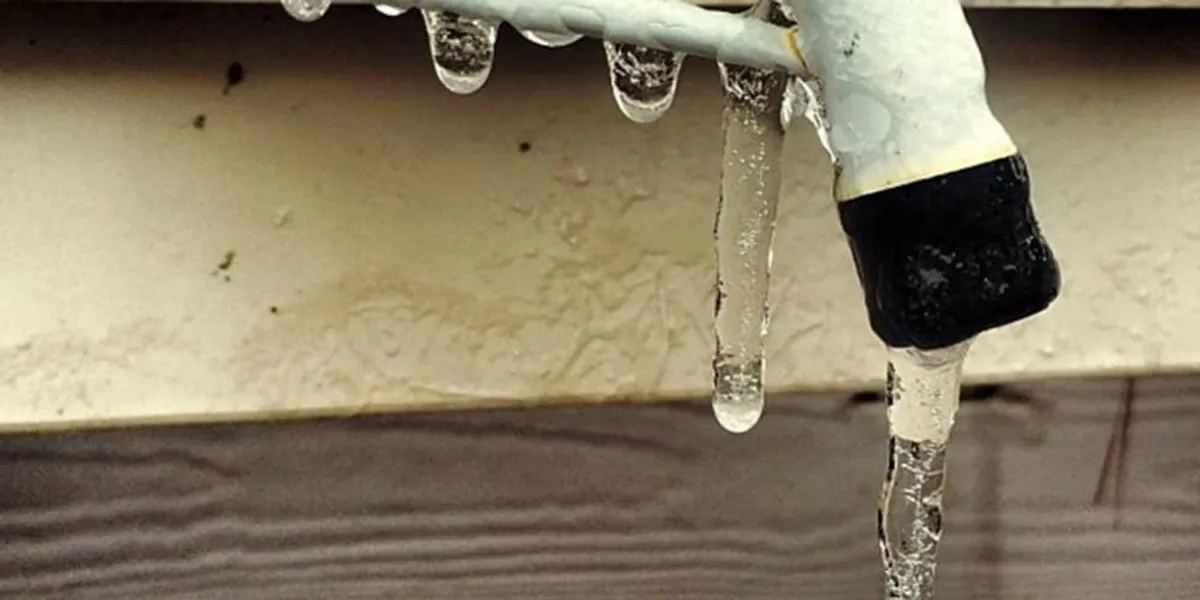Tips for Avoiding Frozen Pipes in Cold Weather: Professional Tips
Tips for Avoiding Frozen Pipes in Cold Weather: Professional Tips
Blog Article
Just how do you actually feel when it comes to Preventing and dealing with frozen pipes?

Winter can damage your plumbing, particularly by freezing pipelines. Here's just how to avoid it from taking place and what to do if it does.
Introduction
As temperatures decrease, the threat of icy pipes increases, possibly resulting in pricey repair work and water damage. Recognizing how to stop frozen pipelines is important for homeowners in chilly climates.
Comprehending Icy Pipes
What triggers pipelines to ice up?
Pipes freeze when revealed to temperatures below 32 ° F (0 ° C) for expanded durations. As water inside the pipelines freezes, it expands, taxing the pipeline wall surfaces and possibly creating them to burst.
Threats and damages
Frozen pipes can result in water disturbances, home damages, and costly fixings. Ruptured pipes can flood homes and cause extensive structural damage.
Indicators of Frozen Water Lines
Identifying frozen pipelines early can prevent them from breaking.
How to determine icy pipelines
Look for reduced water circulation from taps, unusual odors or sounds from pipelines, and noticeable frost on subjected pipes.
Prevention Tips
Shielding vulnerable pipelines
Cover pipes in insulation sleeves or use warmth tape to shield them from freezing temperature levels. Focus on pipelines in unheated or outside areas of the home.
Home heating strategies
Maintain interior rooms properly heated, particularly locations with pipes. Open cabinet doors to permit cozy air to distribute around pipes under sinks.
Protecting Exterior Pipes
Garden hose pipes and outdoor taps
Detach and drain yard hose pipes prior to wintertime. Install frost-proof faucets or cover outdoor taps with insulated caps.
What to Do If Your Pipes Freeze
Immediate activities to take
If you think icy pipes, maintain faucets open up to ease stress as the ice melts. Utilize a hairdryer or towels taken in warm water to thaw pipes slowly.
Long-Term Solutions
Architectural adjustments
Think about rerouting pipelines far from exterior walls or unheated areas. Add extra insulation to attics, cellars, and crawl spaces.
Updating insulation
Buy premium insulation for pipelines, attic rooms, and walls. Proper insulation helps maintain regular temperature levels and lowers the threat of icy pipes.
Conclusion
Avoiding frozen pipelines needs positive measures and fast actions. By understanding the reasons, indications, and preventive measures, homeowners can secure their plumbing throughout winter.
5 Ways to Prevent Frozen Pipes
Drain Outdoor Faucets and Disconnect Hoses
First, close the shut-off valve that controls the flow of water in the pipe to your outdoor faucet. Then, head outside to disconnect and drain your hose and open the outdoor faucet to allow the water to completely drain out of the line. Turn off the faucet when done. Finally, head back to the shut-off valve and drain the remaining water inside the pipe into a bucket or container. Additionally, if you have a home irrigation system, you should consider hiring an expert to clear the system of water each year.
Insulate Pipes
One of the best and most cost-effective methods for preventing frozen water pipes is to wrap your pipes with insulation. This is especially important for areas in your home that aren’t exposed to heat, such as an attic. We suggest using foam sleeves, which can typically be found at your local hardware store.
Keep Heat Running at 65
Your pipes are located inside your walls, and the temperature there is much colder than the rest of the house. To prevent your pipes from freezing, The Insurance Information Institute suggests that you keep your home heated to at least 65 degrees, even when traveling. You may want to invest in smart devices that can keep an eye on the temperature in your home while you’re away.
Leave Water Dripping
Moving water — even a small trickle — can prevent ice from forming inside your pipes. When freezing temps are imminent, start a drip of water from all faucets that serve exposed pipes. Leaving a few faucets running will also help relieve pressure inside the pipes and help prevent a rupture if the water inside freezes.
Open Cupboard Doors
Warm your kitchen and bathroom pipes by opening cupboards and vanities. You should also leave your interior doors ajar to help warm air circulate evenly throughout your home.

As a reader about Preventing and dealing with frozen pipes, I figured sharing that article post was sensible. Do you know about another individual who is interested in the topic? Be sure promote it. Thanks a bunch for your time. Don't forget to come by our blog back soon.
Call Today Report this page